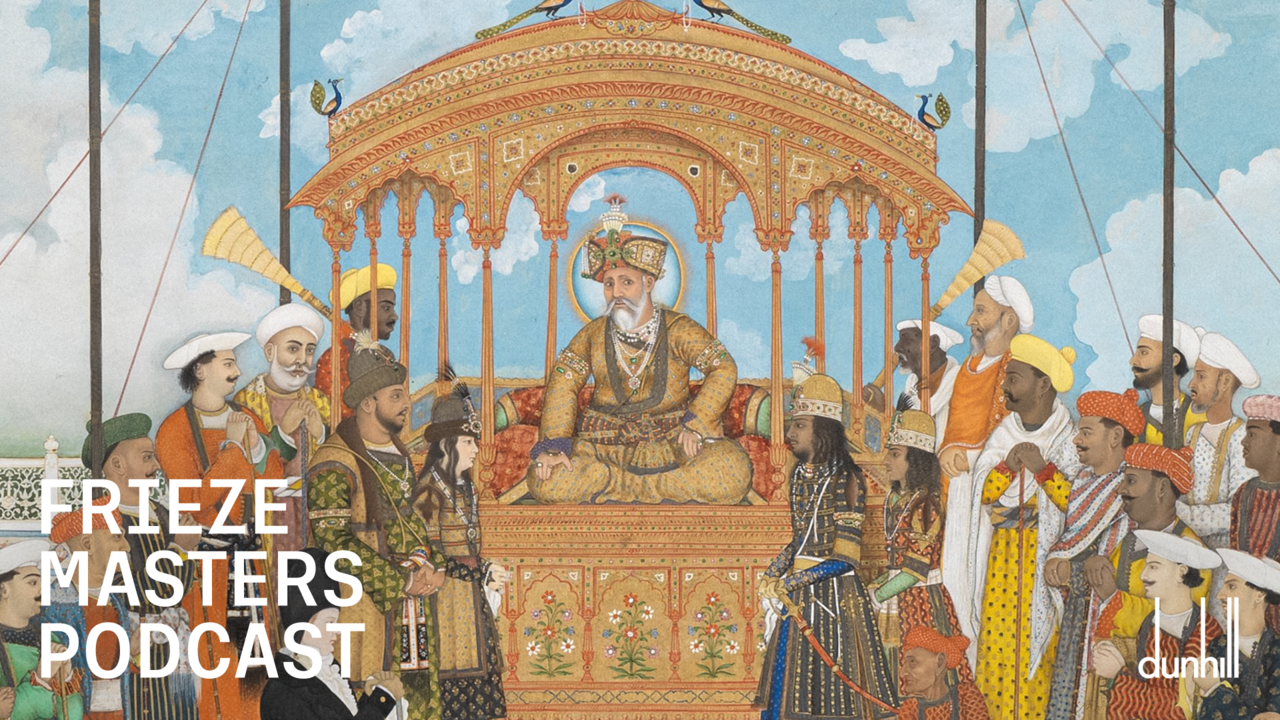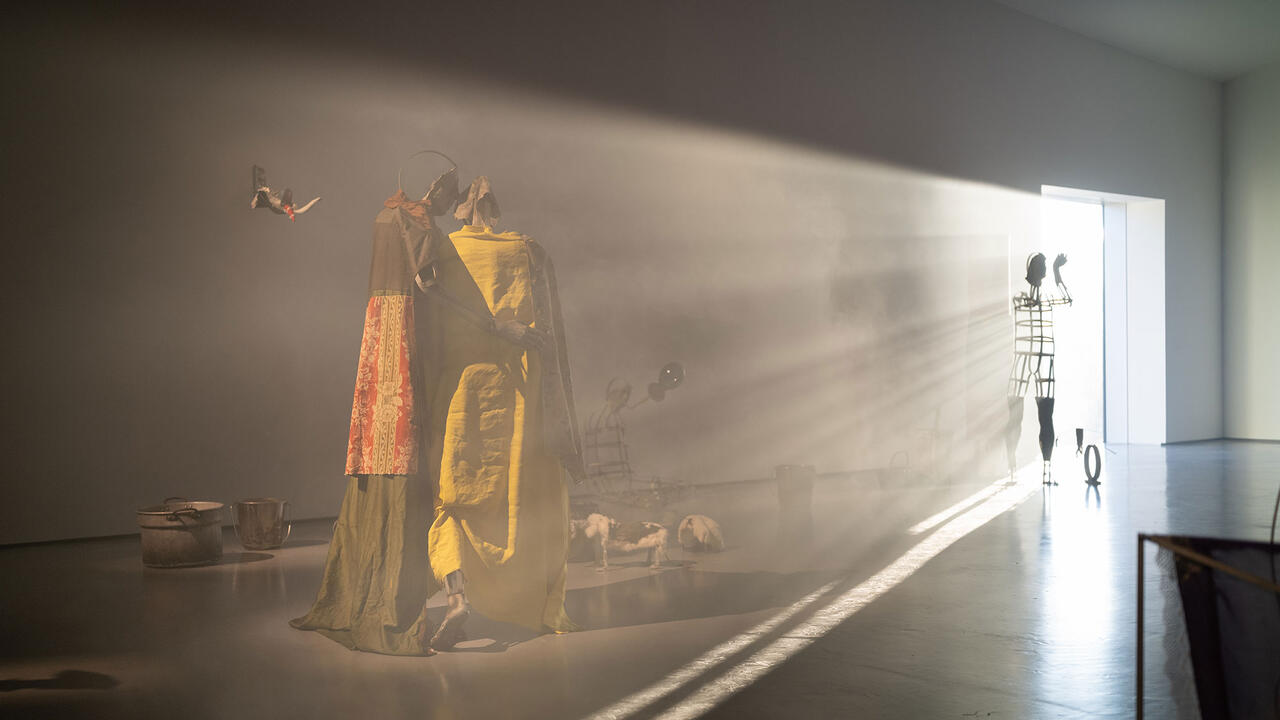Natalie Czech
Galerie Kadel Willborn
Galerie Kadel Willborn

The works of Natalie Czech bring to mind a poem by the Russian poet Velimir Khlebnikov: ‘bobeobi sang the lips / veeomi sang the eyes / pieeo sang the brows / lieeey sang the face / gzi-gzi-gzeo sang the chain / so on a canvas of some sort of correspondences / outside the lines there lived – the face.’ Khlebnikov’s poem accompanied the manifesto A Slap in the Face of Public Taste that was published in Moscow in 1912 and whose signatories included Kazimir Malevich. It was also Malevich who, three years later in 1915, became one of the first to exhibit the kind of abstract picture to which Khlebnikov alluded. The poem addresses the relationship between image, text and sound, as well as that which cannot be captured in concrete forms – that which insinuates itself between image and text.
Czech, too, works with the relationship between text and visual forms, for example in the series Poems by Repetition (since 2003). These works deal with the way we perceive a context and the way we perceive visual content – where reading a text focuses on content while seeing concerns form. If one views a written page in formal terms, one does not read the text; and as soon as one begins to read, one loses sight of the formal aspects and concentrates on the individual words and sentences. Does this mean that perception of contexts differs from the perception of visual content? And if so, how? What about things that take place ‘between the lines’? And anyway, what does sound signify?
Czech’s Düsseldorf exhibition My Vocabulary Did This To Me featured several works from the Poems by Repetition series. A diptych of pigment prints displayed two sets of Urbanears headphones together with their packaging. The lead of one set of headphones protrudes into the other picture, as if plugged into the packaging shown there – an allusion to the ‘Zound Plug’ with which the Urbanears headphones can be linked together. In the texts printed on the packaging, some letters have been traced over with a white pen. Focusing on the white letters, one reads: ‘all of it / after all / but most of all / air’ – lines from a poem by Vsevolod Nekrasov (A poem by repetition by Vsevolod Nekrasov, 2015). And suddenly these matter-of-fact photographs, to which there seems to be nothing to add, are filled with ideas, pictures and sounds – not least thanks to ‘air’ also meaning ‘musical melody’.
The show also presented two new series: A Critic’s Bouquet and to [icon] (both 2015). For A Critic’s Bouquet, Czech asked five critics to write exhibition reviews. Although they could choose which shows to review, they were required to include in their pieces terms from a Victorian flower guide in which specific meanings were attributed to individual flowers. Depending on the terms used, Czech then gathered together the corresponding flowers, tied them into bouquets, and photographed them. The five colour photographs show these bouquets being ‘presented’ to the artists. The individual flowers are labelled with numbers from the dictionary, and a label attached to each bouquet lists the terms used: chains of constant encoding, decoding and recoding. In visual terms, these works take a fresh approach to the relationship between text and image, generating new momentum after the visually somewhat monotonous recent works in the Poems by Repetition series.
The to [icon] series was represented by two photographs. One shows – as objectively and exactly as possible – a dress shirt. With strong, precise lines, however, Czech has outlined one section of the shirt and its collar in such a way as to create a symbol or ‘icon’: an empty page with one corner folded over, as used in various computer programmes (with various different meanings: ‘draft’, ‘blank page’ or simply ‘new’). As with the flowers, a key is provided on a label that seems to be attached to the shirt (Paperdraft, 2015). Czech once said she was interested in encounters between ‘different authors (designers, text authors, poet, illustrator, photographer, and so on)’ and in the way ‘their creations suddenly stand in relation to each other, and what happens when their voices start to communicate to each other.’ What this can look like is demonstrated in this new series in a poetic, playful and, ultimately, convincing manner.
Translated by Nicholas Grindell















